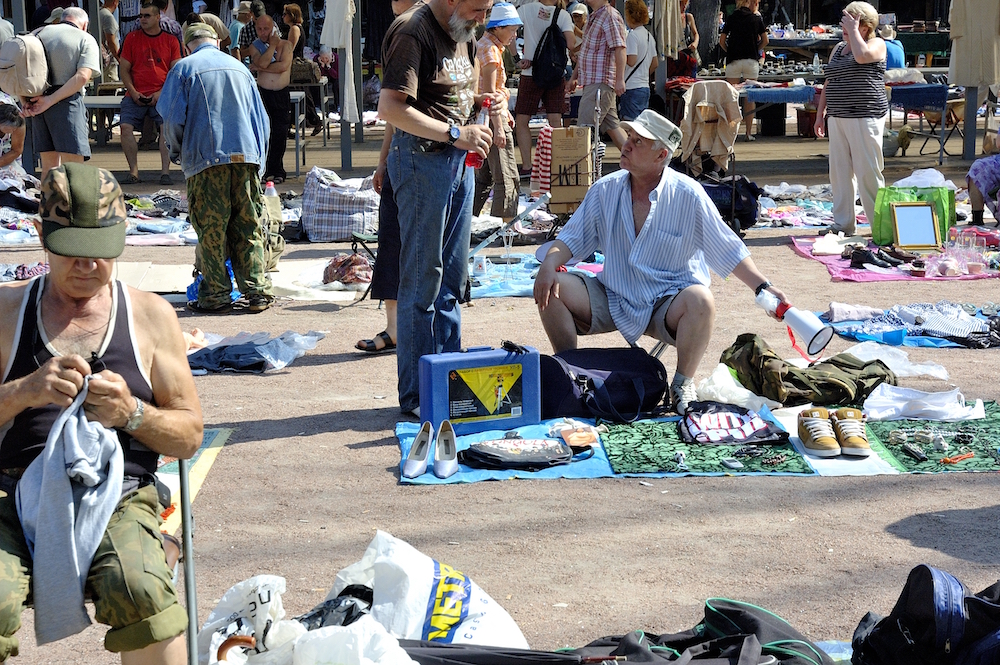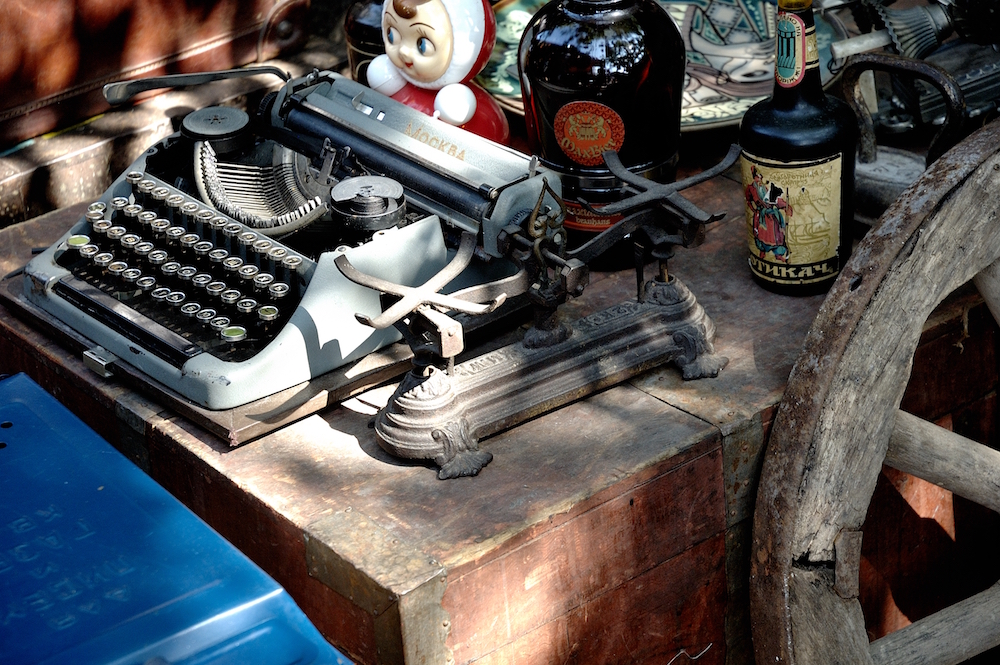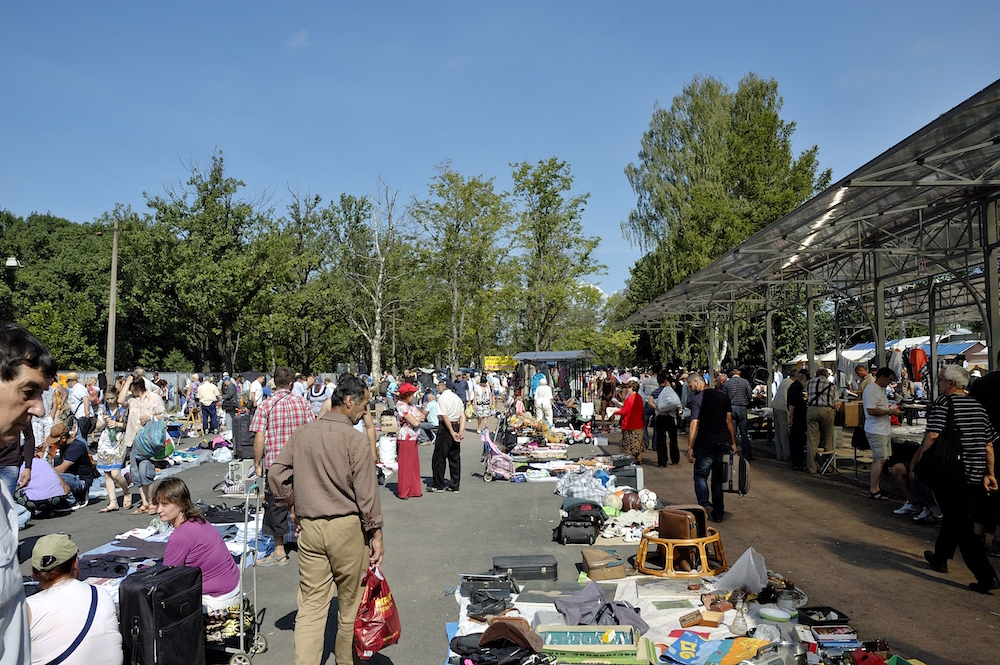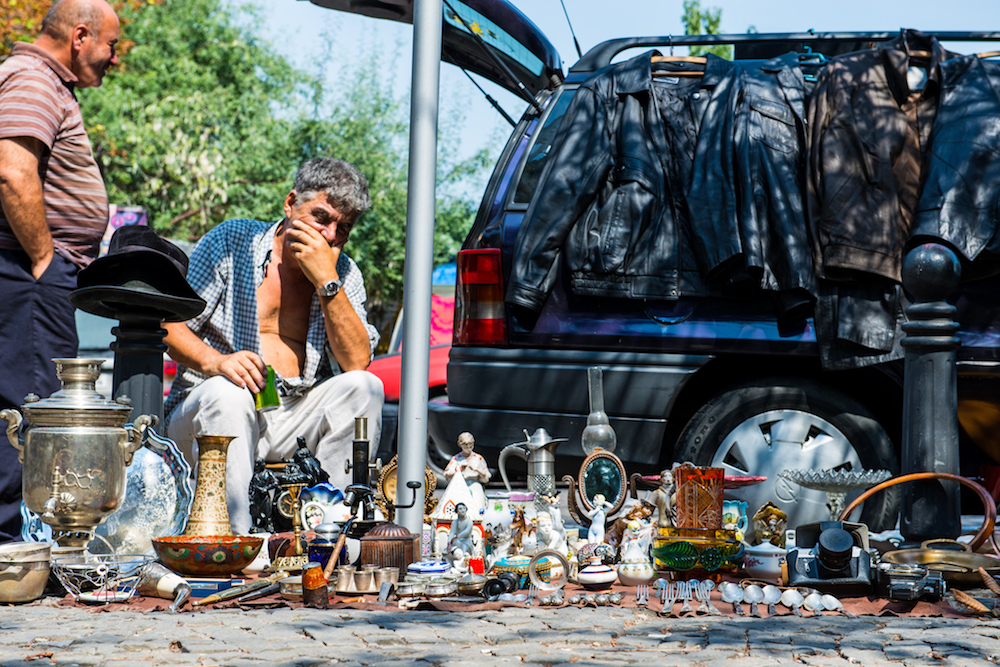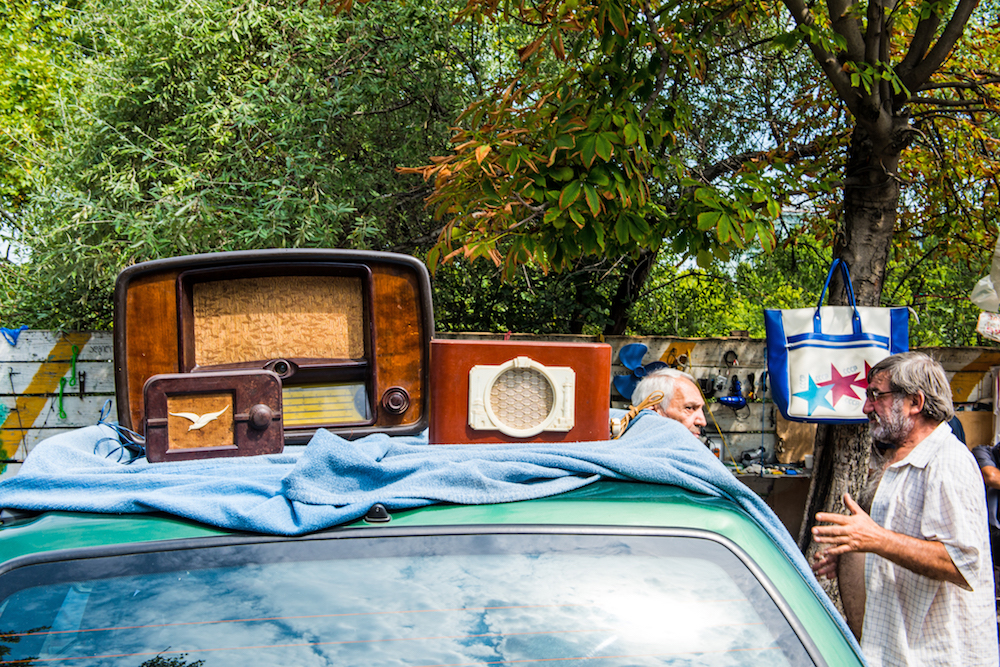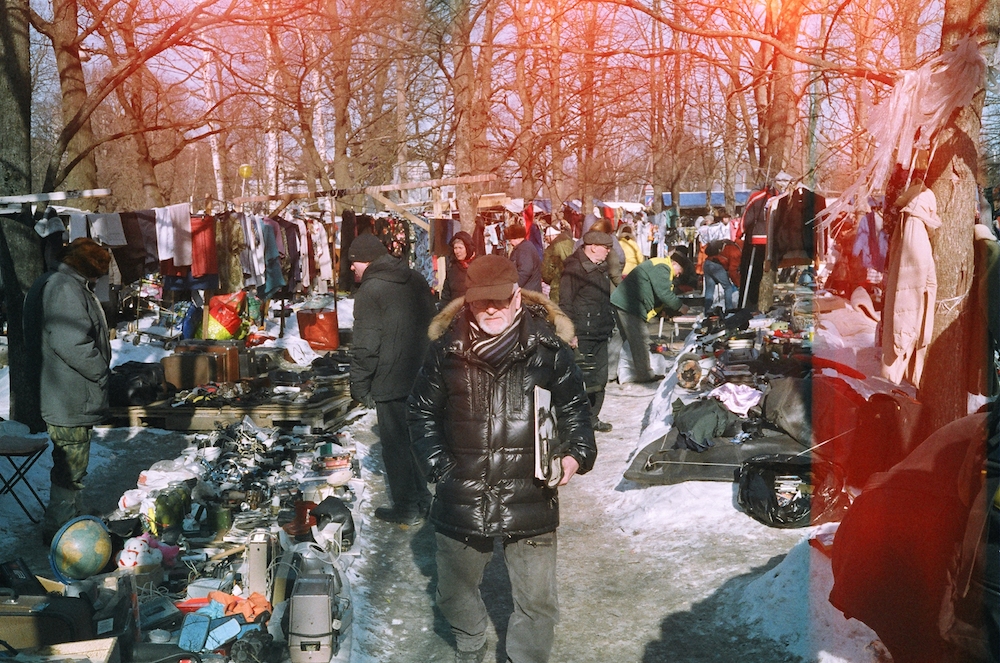Treasure troves: seven flea markets to visit in the New East
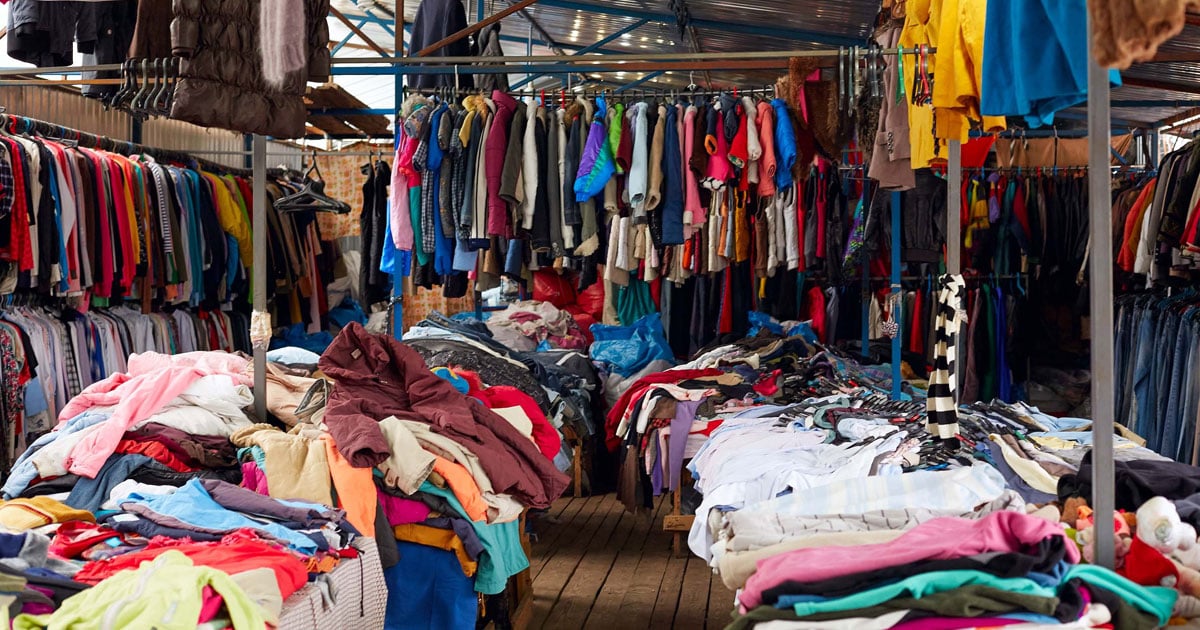
From Soviet memorabilia and war medals to vintage accessories and 1980s coats making a serious comeback, it's hard not to find something you like in the markets of the New East. Here's our selection of seven markets and bazaars across the region that you have to visit
Flea markets are possibly as important in creating an understanding of a country’s history as museums. Rummaging through old dresses or looking through vintage postcards tells you a different side of the story and it’s one you won’t be able to find anywhere else — especially in post-communist countries, where digging through piles of Tamagotchis and brick-sized 1990s mobile phones will reveal layers of Lenin pins and stamps, that altogether creates a perfect metaphor for life and history.
Udelnaya market, St Petersburg
A staple on any knowledgeable tourist’s to-do list, the market by Udelnaya metro station is situated in a park and consists of two parts: the newer market that sells new (and generally low quality) clothes and household goods, and the flea market, with items spread out on the ground. Don’t trust the local fashionistas who like to announce that Udelnaya is “over” — they are probably just warding off the competition. Head here early on the weekends for Soviet and 90s clothes and shoes, Soviet memorabilia and a wide selection of old Nokia phones. Beware of pickpockets and wear practical shoes — it can get muddy.
Address: Udelnaya metro station. Take a right from the station and walk through the newer part of the market.
Lesnaya market, Kiev
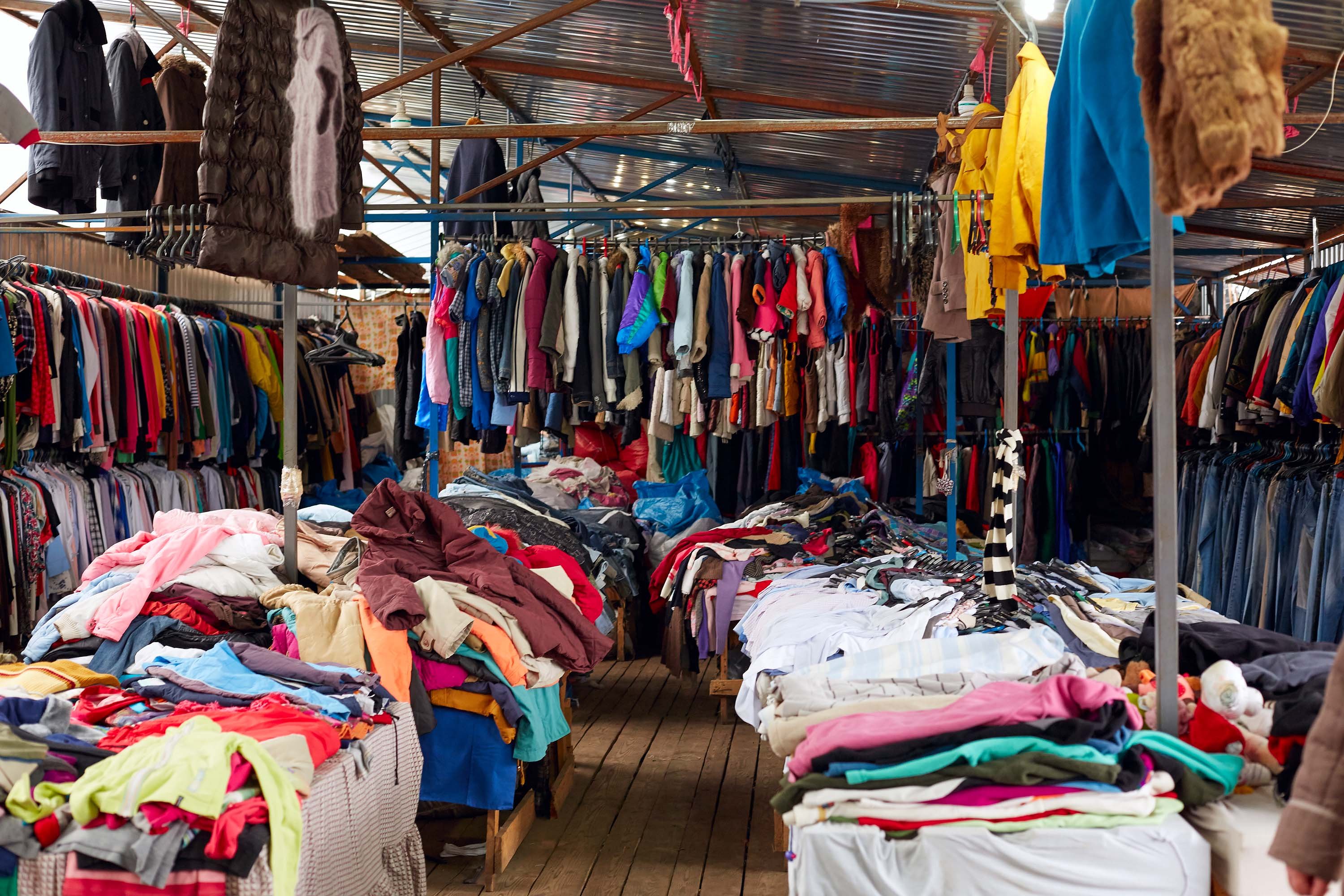
Lauded by the likes of Vogue, the flea market at the Lisova metro station in Kiev has long passed its “undiscovered gem” phase and moved straight into the “unmissable experience” category. Fortunately, this fact hasn’t changed the market too much; even though there are now several more expensive stalls and shops catering to hipsters, most of the market still consists of clothes piled up on the ground, in bins or stalls, and often you have to literally dig to find a treasure. From red shoulder-padded power jackets straight out of the 80s to extremely low-rise Shakira-style jeans of the 00s, you can revamp your entire wardrobe in one visit.
Address: Lisova metro station. Look for warehouse-style buildings around the station.
Levsha market, Moscow
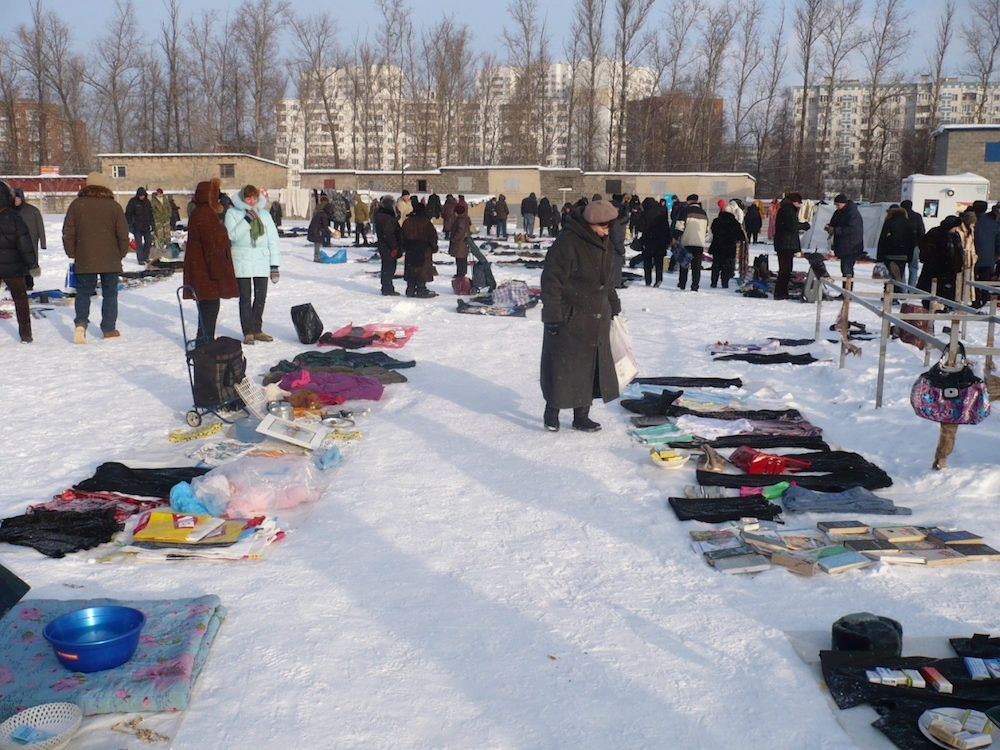
Even though it’s technically in Moscow, this market is situated about 40 minutes away from the city centre, but locals say it’s worth the journey. It’s only open on weekends, and visitors usually head out quite early. Parts of the market are dedicated to arts and crafts, most of which would make much better souvenirs than anything you can find in the city centre, but it’s the flea market stalls that make it worth the time you spent on a train or in a bus. You can find anything and everything from Soviet porcelain to old rotary dial phones to 1980 Olympics memorabilia to samovars and jewellery. The current owners say that the market is nearly 200 years old, though it’s moved around the city throughout its history.
Address: Novopodrezkovo railway station. To get here take the train from Moscow’s Leningrad station or buses 370 or 482 from Rechnoy Station.
Dry Bridge market, Tbilisi
Dry Bridge is situated in the city centre and is not very big so you don’t have to plan in advance if you want to visit — although make sure to go when the weather is good as most vendors leave when it’s raining. It’s a great place for Soviet memorabilia, bric-a-brac and porcelain, though make sure to haggle as the prices are hiked up for tourists.
Address: Dry Bridge — it’s a bridge over a street close to the embankment, so don’t look for an actual bridge over the water.
Bleší trhy, Prague
This Prague flea market gets mixed reviews but don’t be discouraged from going. The market has recently changed grounds, abandoning the much-criticised site in Kolbenova district and moving to Vysočany area. Come for assorted secondhand clothes — some from communist-era Czechoslovakia, some from H&M — as well as memorabilia and Soviet souvenirs and old-school tech. If you’re looking for antiques and are willing to invest time into travel, Bustehrad antique market, a few hours out of Prague, has the best reputation for rarities.
Address: Flea market is situated on the U Elektry street in Vysočany district, and there is a small entrance fee.
Kolo Bazar, Warsaw
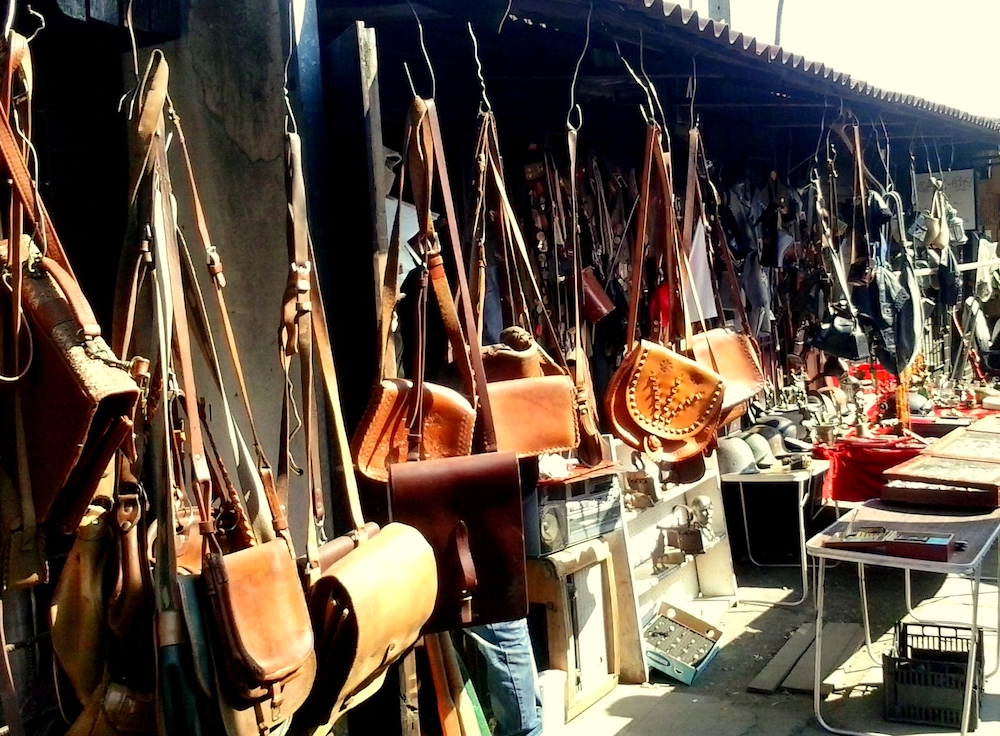
There are several flea markets in Warsaw but Kolo Bazar is perhaps the most popular one. It sells everything from First World War helmets to obscure clock parts and vinyl records. The market only runs on weekends. This is also a good place to dig for prints of the brilliantly designed Polish posters, as well as pre-war ads and art. Another popular vintage destination is the Zoo Flea Market, situated right by the Dworzec Wileński metro station.
Address: There are buses and trams running to the market from city centre. The exact address is 99 Obozowa street.
Ecseri market, Budapest
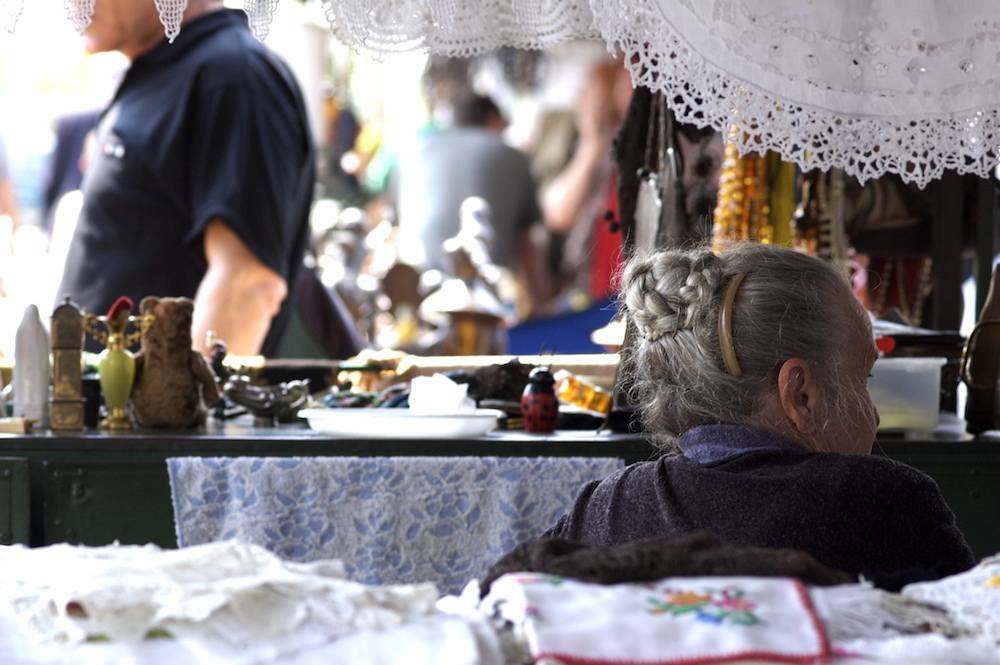
Of Budapest’s many flea and vintage markets, Ecseri is the biggest and the most popular. That, of course, means bigger crowds, but also more stalls and choice. For the same reasons some things can be overpriced, or even fake, so make sure to be careful, and haggle, if you dare. Sundays are less crowded than Saturdays — come here for accessories and jewellery, postcards, stamps and war paraphernalia. There are also stalls selling traditional Hungarian embroidery and porcelain.
Address: Take the metro to Határ út station and then walk or take bus to Nagykőrösi út 156.
